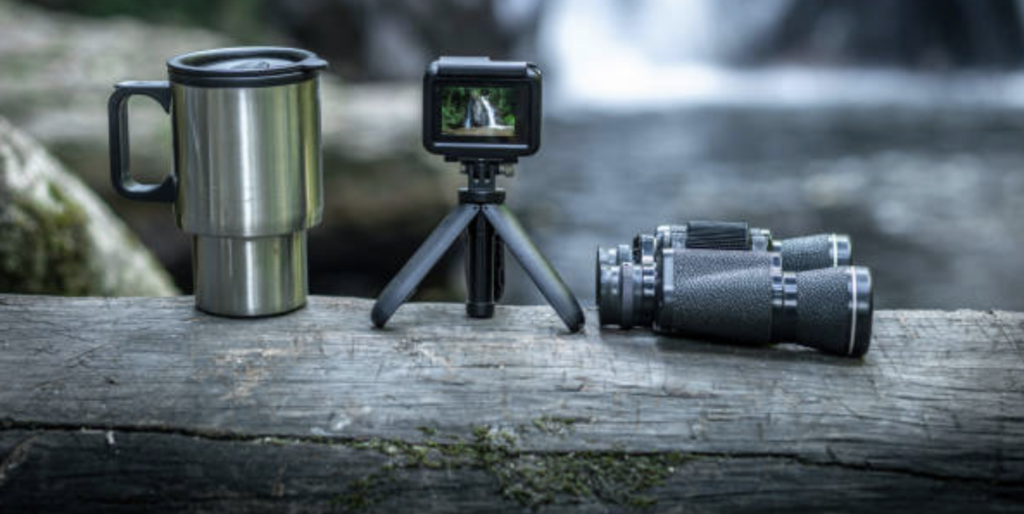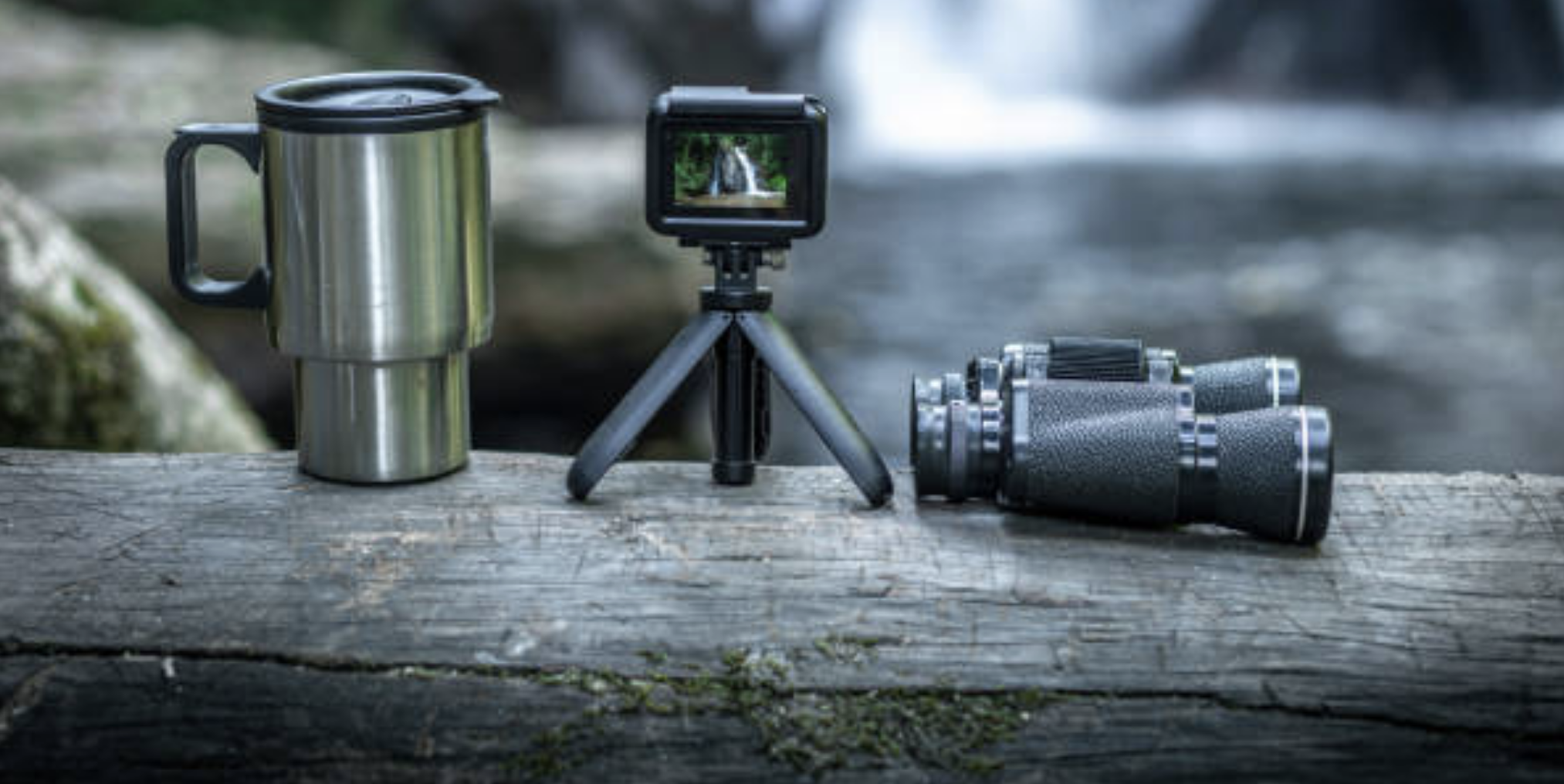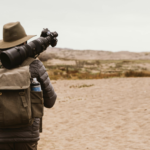Hey there, binocular enthusiasts! Are you tired of lugging around bulky binoculars on your outdoor adventures? Or maybe you’re new to the world of binoculars and looking for something lightweight and easy to use? Compact binoculars might just be the perfect solution for you.
In this guide, we’ll dive into what makes these little marvels so great, their key features, and the benefits they offer.
What Are Compact Binoculars
Compact binoculars are smaller and lighter than regular binoculars, making them super easy to carry around. Typically, they have objective lens diameters of less than 30mm, which keeps them lightweight and portable.
What is the difference between Compact and Full-Size Binoculars?
Now, you might be wondering how compact binoculars stack up against their larger counterparts. While full-size binoculars can offer brighter images and better performance in low light due to their bigger lenses, compact binoculars win when it comes to portability. They might not be as bright, but they’re perfect for those who need something convenient and easy to carry.
What are Compact Binoculars used for?
Compact binoculars are ideal for situations where you need something lightweight and portable. Here are a few common uses:
- Travel and Sightseeing: Slip them into your backpack or pocket and you’re good to go.
- Hiking: Perfect for those long treks where every ounce counts.
- Birdwatching: Quick and easy to use for spotting birds on the move.
- Sporting Events and Concerts: Great for getting a closer view from the stands.
- Nature Walks: Ideal for a casual stroll through the park or a nature reserve.

Key Features of Compact Binoculars
Size and Weight
Importance of Portability: The main draw of compact binoculars is their portability. You can take them anywhere without feeling weighed down.
Typical Dimensions and Weight Range: Most compact binoculars weigh between 200 to 400 grams and are small enough to fit in a large pocket or small bag.
Magnification and Objective Lens Diameter
Common Magnification Levels: The most common magnifications for compact binoculars are 8x and 10x. These provide a good balance between zooming in on the action and keeping the image stable. The best objective lens diameter is less than 28. So if you see numbers on binoculars of 8×25, 10×25, 8×28 and 10×28, these are good.
Impact on Image Brightness and Field of View: Higher magnification can narrow your field of view and make the image a bit darker, especially in low light. Lower magnifications generally give you brighter images and a wider field of view.
Optical Quality
Lens Coatings: Look for binoculars with multi-coated or fully multi-coated lenses. These coatings enhance light transmission and reduce glare, giving you clearer images.
Prism Types: Roof prisms are more common in compact binoculars due to their streamlined design, while Porro prisms can offer better image quality but are typically bulkier.
Durability and Build Quality
Waterproof and Fog-proof Features: If you’re going to be out in all kinds of weather, waterproof and fog-proof features are a must.
Rubber Armor and Ergonomic Design: A rubberized exterior provides a better grip and shock resistance, while an ergonomic design ensures comfort during extended use.
Eye Relief and Comfort
Importance for Eyeglass Wearers: If you wear glasses, you’ll want binoculars with sufficient eye relief (usually 14mm or more) so you can see the full field of view comfortably.
Adjustable Eyecups: Twist-up or fold-down eyecups allow you to adjust the distance between your eyes and the binocular lenses for optimal viewing.
Focus Mechanism
Central Focus Wheel vs. Individual Focus: Most compact binoculars use a central focus wheel for easy and quick focusing. Some specialized models might have individual focus adjustments for each eyepiece.
Close Focus Distance: A short close focus distance is ideal for viewing objects up close, like butterflies or other insects.

Benefits of Using Compact Binoculars
Portability and Convenience
Compact binoculars are all about convenience. Their small size and lightweight nature mean you can carry them in a bag or pocket, ensuring you’re always ready for a closer look.
Versatility
These little binoculars are versatile enough for a wide range of activities, from casual sightseeing to more specific pursuits like birdwatching, hiking, and nature walks.
Good for Beginners and Casual Users
Their simple design and straightforward functionality make compact binoculars user-friendly, even for those new to using binoculars.
Cost-Effectiveness
Generally, compact binoculars are more affordable than full-size models, offering a cost-effective option for those who need reliable magnification without a high investment.
Summary
There you have it! Compact binoculars are a fantastic choice for anyone looking to combine the power of magnification with the convenience of portability. Whether you’re a seasoned adventurer or just starting to explore the great outdoors, a good pair of compact binoculars can make a world of difference. They’re versatile, easy to use, and won’t break the bank. So, why not give them a try? Happy exploring!
If you’re interested in learning which are the best compact binoculars in 2024. Check out our review article!



